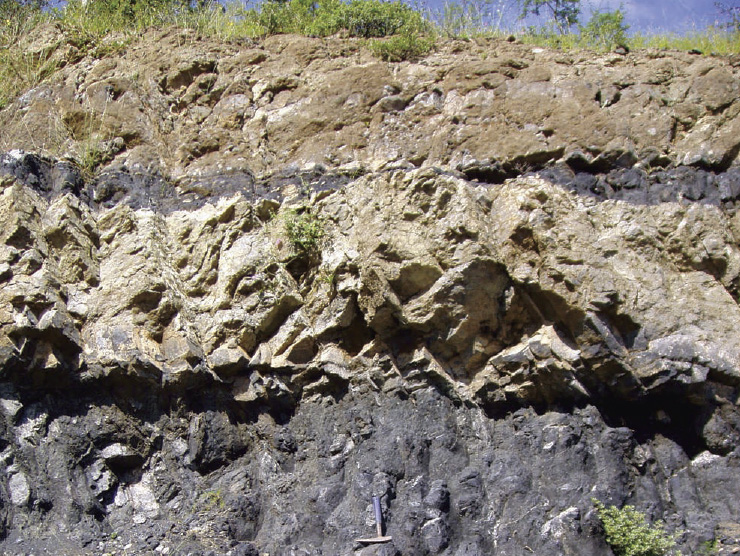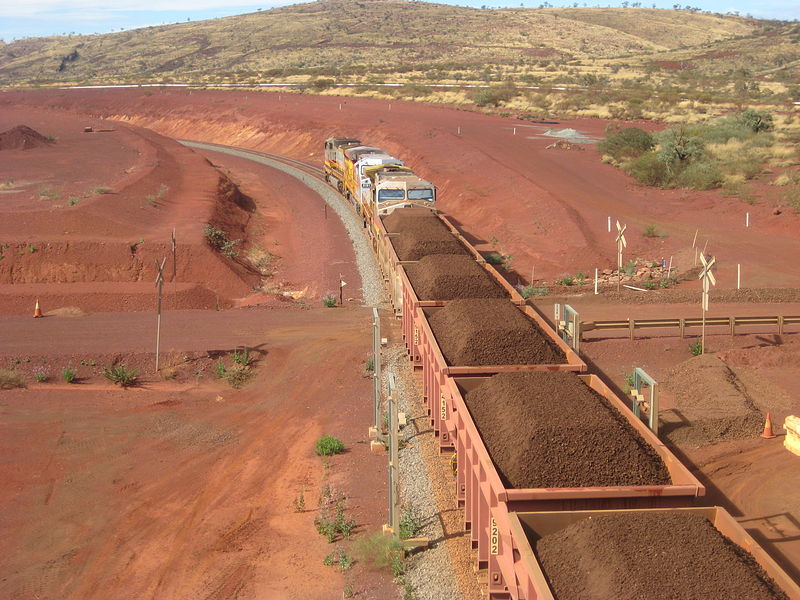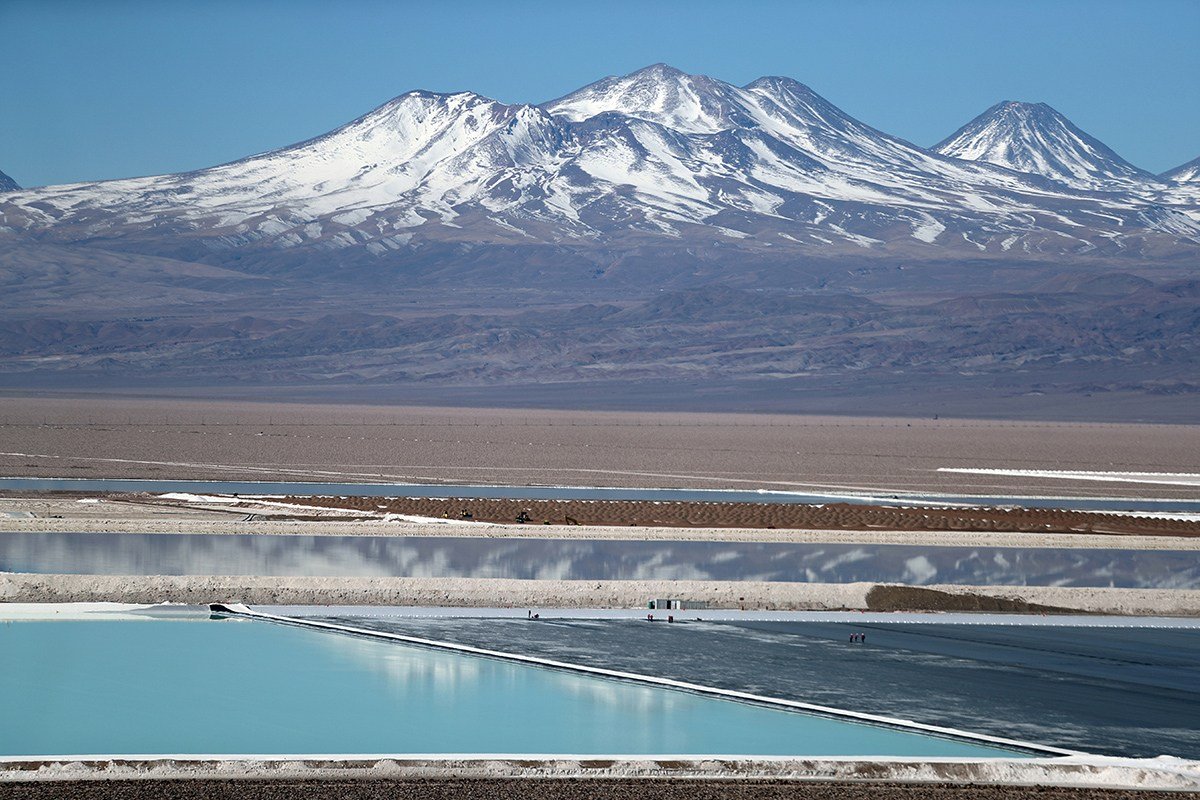Going without a full feasibility study is a calculated risk. While they can instil investor confidence in a project, improve predictability and assist in planning, they are also incredibly expensive.
[box type=”info” align=”aligncenter” ]Disclaimer: This is an editorial review of a public mining company press release and is not an endorsement. It may include opinions or points of view that may not be shared by the companies mentioned in the release. The editorial comments are highlighted so as to be easily separated from the release text and portions of the release not affecting this review may be deleted. Read more at How to Use this Site.[/box]
TORONTO, ONTARIO–(Marketwired – June 23, 2014) – Rubicon Minerals Corporation (TSX:RMX)(NYSE MKT:RBY) (“Rubicon” or the “Company“) provides initial results from its 38,000-metre infill drilling program, which continue to confirm the Company’s expectations of the F2 Deposit at the Phoenix Gold Project (“Project“).
[box type=”note” align=”aligncenter” ]Rubicon Minerals Corp is a junior mining company currently constructing the Phoenix Gold Mine in Canada’s prolific Red Lake gold-district in northwestern Ontario.
Rubicon Minerals acquired several properties within the Red lake area in the early 2000’s. In March 2012, the company was awarded the final permits for the Phoenix Gold mine and since then the company hopes to begin production by the middle of 2015. The mine is expected to last for 13 years and produce an average of 165,300 ounces of gold per year, at an all-in sustaining cost of $913/oz.
In February 2014 the company formed a gold streaming agreement with Royal Gold and secured an additional $75 million in financing to complete mine development. In return Rubicon has agreed to pay Royal Gold 6.30% of the annual gold production until Rubicon has delivered 135,000 ounces at 25% of gold’s spot price. When Royal Gold receives the full amount of gold, that annual rate is reduced to 3.15%.
The mineralization at the Phoenix Gold mine is structurally controlled within the East Bay Deformation Zone (EBDZ), a north-northeast structural trend. These deformation zones were created by large scale tectonic events which produced cracks and planes of weakness in the bedrock and acted as channels for metal-bearing hydrothermal fluids. Gold and iron sulfides precipitated from the fluid, replacing minerals in the surrounding rock and filling fractures to create veins. Silica carried along with the fluid also resulted in the formation of quartz veins. This is why prospectors often consider “dirty” (metal-bearing) quartz veins to be potential targets for gold.[/box]
“The results from our infill drilling program are encouraging to-date, confirming our expectations of the F2 deposit at the Phoenix Gold Project,” said Michael A. Lalonde, President and Chief Executive Officer of Rubicon. “The results demonstrate continuity of mineralization in areas of the deposit where we had anticipated continuity. The program is still in its early stages and we have recently commenced the underground drilling portion of the program.”
Infill Drilling Program

Rubicon plans to complete 38,000 metres of infill drilling in 2014. The main purpose is to convert inferred mineral resource ounces to the drill indicated category. The area being concentrated on lies between surface and the 610 metre level. This drill program is being carried out on 25 metre spaced holes over the entire length of the F2 deposit. Many of these holes will be located at the extremities of the deposit, or in areas within the deposit that are presently believed to be outside the current mineral resource. For stope planning purposes, it is important to better establish the economic resource boundaries, and better define where the known gaps occur in the mineral resource.
[box type=”note” align=”aligncenter” ]Infill drilling increases the confidence for mineral resource estimates. While inferred resources represent the lowest level of confidence in resource estimates, indicated resources show an improved confidence through the acquisition of additional supporting data.
What’s interesting is that Rubicon minerals is not conducting a full feasibility study, but is relying on it’s preliminary economic assessment to advance the project. Going without a full feasibility study is a calculated risk. While they can instil investor confidence in a project, improve predictability and assist in planning, they are also incredibly expensive.
[/box]
Rubicon completed a total of 39 holes for 7,047 metres of drilling from this program as of May 31, 2014. The majority of the drill holes are currently being logged, sampled, cut, or assayed. Drilling from the ice surface provided an effective platform to target the upper portion of the deposit. Table 1 summarizes assay results from the infill drilling program as of May 31, 2014.
Notable assay results include:
- GT-2014-07: 14.19 grams of gold per tonne (g/t “Au”) over 6.8 m
- GT-2014-08: 10.52 g/t Au over 8.0 m
| Table 1: Infill Drilling Assay Results Above 610-Metre level | ||||||
| Includes intervals at > 5.0 g/t Au over 1.0 m minimum width, no assay cut | ||||||
| Drill hole number |
Elevation | Total depth (m) |
From (m) |
To (m) |
Width (m) |
Gold (g/t) |
| GT-2014-03A | Ice Surface | 125.0 | 86.4 | 88.9 | 2.5 | 5.65 |
| GT-2014-07 | Ice Surface | 239.0 | 69.0 | 72.0 | 3.0 | 14.11 |
| 119.0 | 120.0 | 1.0 | 9.26 | |||
| 126.1 | 128.6 | 2.5 | 15.93 | |||
| 143.0 | 149.8 | 6.8 | 14.19 | |||
| GT-2014-08 | Ice Surface | 134.0 | 106.0 | 114.0 | 8.0 | 10.52 |
| 117.0 | 119.0 | 2.0 | 8.62 | |||
| F2-2014-01 | Ice Surface | 457.0 | 287.0 | 288.0 | 1.0 | 10.58 |
| F2-2014-03 | Ice Surface | 424.0 | 262.1 | 264.9 | 2.8 | 5.07 |
| F2-2014-05 | Ice Surface | 390.0 | 310.8 | 312.2 | 1.4 | 6.73 |
| F2-2014-06 | Ice Surface | 347.0 | 308.0 | 309.5 | 1.5 | 20.72 |
| 331.2 | 332.3 | 1.1 | 10.24 | |||
| F2-2014-08 | Ice Surface | 360.0 | 261.6 | 264.0 | 2.4 | 5.81 |
| 279.0 | 280.0 | 1.0 | 21.59 | |||
Underground drilling started in early May, with two drills working on the 244-metre level. Current drilling has focused on areas that are sparsely drilled, specifically outside the core of the deposit and the Hanging Wall Zone.
[box type=”note” align=”aligncenter” ]Since the company is trying to delineate the size of the orebody it’s likely they are drilling close to true width, but it’s not stated.
[/box]
Please see figures 1, 2, and 3 at the end of this release to see the plan and long section views of the infill drilling program. Results from the infill drilling program have confirmed expectations of the deposit so far. The Company is also encountering some additional economic intercepts within previously anticipated gaps in the resource.

Once the infill program is completed, Rubicon will follow up with a second drilling phase called definition drilling. This drilling will be on a tighter pattern of 12.5 metres or less. The second phase of drilling will be more focused and will be carried out only within the known mineral resource blocks, to better define the grade and geometry of individual stopes. The goal is to have tightly defined drilling sufficient for detailed stope planning for the first three years of potential production.
[box type=”note” align=”aligncenter” ] Underground mining is expensive and the last thing a company wants to see is rock with no value heading to the mill. By determining the overall shape, size and orientation of the mineralization they can ensure that the best mining methods are used to extract the ore for the lowest cost. Definition drilling goes one step further than infill drilling by tightening the spaces between drill holes and specifically targeting a single or multiple ore bodies. The data collected from these drill programs will be used for modelling the ore body. [/box]
About Rubicon Minerals Corporation
Rubicon Minerals Corporation is an advanced stage gold development company. The Company is focused on responsible and environmentally sustainable development of its Phoenix Gold Project in Red Lake, Ontario. The start of potential gold production is projected in mid-2015, based on current forecasts. The Phoenix Gold Project is fully permitted for initial production at 1,250 tonnes per day. In addition, Rubicon controls over 100 square miles of prime exploration ground in the prolific Red Lake gold district which hosts Goldcorp’s high-grade, world class Red Lake Mine. Rubicon’s shares are listed on the NYSE MKT (RBY) and the Toronto Stock Exchange (RMX).
[box type=”note” align=”aligncenter” ]
In January 2014 Rubicon was trading at a one year low of $0.69. Over the last six months the stock has climbed to $1.54. During this same six months the company has been able to secure the appropriate financing needed to continue mine development and has continued to advance the project.
[/box]
The content of this news release has been read and approved by Daniel Labine, P.Eng., Vice President of Operations and Mark Ross, B.Sc., P.Geo., Chief Mine Geologist, for Rubicon. Both are Qualified Persons as defined by NI 43-101.
[box type=”success” align=”aligncenter” ]Have a company or release you’d like us to look at? Let us know though our contact page, through Google+, Twitter or Facebook.[/box]






